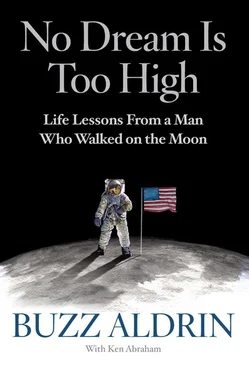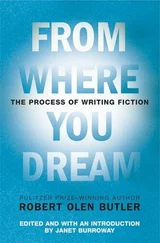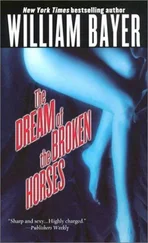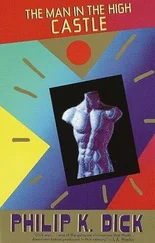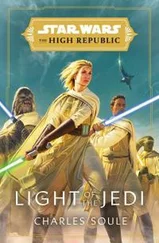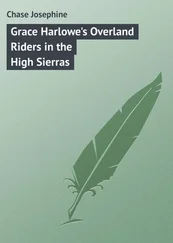Flying the Sabre F-86 swept-wing fighter jet and chasing the enemy’s superagile, Soviet-made MiG-15 jets were some of the most exciting moments of my life. I flew 66 missions over the war zone, had a few close calls, and I shot down two enemy MiGs.
The MiGs could fly higher and faster than our fighter jets, and they carried a vicious 37-millimeter cannon and two 23-millimeter automatics that could shred an F-86 with one burst of fire. But what the American-made planes lacked in altitude and speed, we more than compensated for with advanced technology, much as we would in the space race in the 1960s and 1970s.
On May 14, 1953, I was flying on patrol, hunting for enemy aircraft in the skies just south of the Yalu River. Because the North Korean ground war effort had almost disintegrated, they had moved many of their best planes as far north as possible, close to the Yalu in a location my buddies and I referred to as “MiG Alley.” On a good day, it could be like picking off ducks in a shooting gallery, with “free” shots at enemy planes still on the ground. On a bad day, an F-86 pilot could experience his worst nightmare—a faster killing machine with deadly firepower on his tail, or worse yet, two or three MiGs surrounding him in a dogfight that was certain not to last very long.
On that day in May, I was the pilot with the advantage. Flying just south of the Yalu, I spied a MiG cruising ahead of me, straight and level. Apparently, he didn’t know that I was nearby or he would not have been so lackadaisical. I aimed my guns at him and fired, lighting up the MiG.
The enemy fighter jet spun hard and pitched toward the ground. The pilot, still alive, succeeded in ejecting from his cockpit, but his plane streaked toward the Earth. The camera on the gun of my F-86 recorded the whole episode, including the pilot’s ejection and the plane veering toward destruction. Actually, I’m glad the pilot ejected, and I like to think that he escaped harm, even though I shot down his plane. I’ve always thought of myself as a “gentle” fighter pilot!
Our military public relations guys, however, loved those videos of “kills,” and several photo frames from the incident appeared in the next issue of Life magazine, one of the premier news magazines of that time.
About a month later, I was flying a mission with three other pilots attached to the 16th “Blue Tail” Squadron, and following four other, newer Sabre jets from the 39th “Yellow Tail” Squadron. Just as we were taking off, my wingman aborted his flight, so I radioed my commander for permission to join up with the Yellow Tails. That was okay at first, but the newer F-86 Sabres were much faster than my older F-86 model, and I was having a tough time staying with them. When they dove toward a valley near the Yalu, blasting away at an enemy airfield, I couldn’t keep up with them, even with my airspeed indicator pegged.
I spotted some enemy MiGs racing down the runway, hoping to get into the air, both to save their planes and to engage the Sabres. Just then, an enemy fighter jet streaked across my sight from left to right. Because I had been unable to keep up with my buddies, I was behind them, and if I could stay calm, I had a shot at the MiG. If I missed him, he’d be right on the tail of my buddies.
I tried to slow my aircraft before he saw me, but the MiG pilot spotted me and banked hard in my direction. The good news was that I had pulled him off my friends. The bad news? He was coming after me! Worse yet, I realized that as fast as I was flying, I was bound to sweep right into his line of fire. My only hope was a desperate, dangerous maneuver that pilots referred to as a “scissors” move, cutting across the enemy’s path, with both aircraft crisscrossing back and forth, each trying to seize an advantage. We ripped through one set of scissors moves and then I banked so steeply that my wingtips pointed straight down to the ground as I raced above the enemy runway, flying sideways. I could hear enemy antiaircraft fire all around me, but I hadn’t been hit. The MiG rolled off to avoid a mountainous ridge below us, and I knew this was my chance—probably my only shot.
I tried to fire, but the aiming dot on my gun sight jammed! Still flying with my left wing pointing toward the earth, I used my plane’s nose as a sight and pressed hard on the trigger of my .50-caliber machine gun.
I saw something spark on the MiG, so I quickly rolled back parallel to the ground, pulled hard on the throttle, and gassed it for all the F-86 was worth. The MiG was still in front of me, and he was going into a steep right-hand turn to come back after me. I fired again and saw tracers sparking across his wing, but he was still going! We were too close to the ground for this fight to last much longer; I knew one of us was going down. The enemy rolled out of the turn and dove, so I fired two more rapid bursts from the machine guns, just as he turned up toward me.
It was like a slow-motion movie as I watched the enemy plane’s nose come up and seem to hang in the air, the engine stalling. The canopy of the jet opened, and I saw the flash of the pilot’s ejection flare. Whether he had time to open a parachute, I don’t know, but the MiG definitely beat him to the ground.
There was no time to celebrate. I had been going so fast that I had little idea where I was, but I figured I was about 20 miles north of the Yalu, and there were more Russian and now Chinese planes as well, rising off the runway below. I turned south and hightailed it out of there as fast as I could, fortunately picking up the Manchurian Express, a jet stream that helped me fly even faster with less resistance, which was another stroke of luck, because I was running low on fuel. I had no idea where my buddies were, and as I was climbing out, I suddenly realized that I still had my speed brakes engaged. I felt like an idiot, but fortunately I was able to correct the mistake and make it back to our base.
The Air Force awarded me an Oak Leaf Cluster as well as the Distinguished Flying Cross for dropping the first MiG, and although my gun camera clearly showed that I had destroyed the second enemy plane, there was a question as to which side of the Yalu River I had been on when I shot it down. Consequently, I received no special honor for winning one of the most dangerous battles of my life. But I was thrilled that I had helped to protect my buddies and that I had taken another enemy of our nation out of the sky. As with many conflicts I’d encounter in life, it really didn’t matter who got the credit. What mattered was taking care of each other.
I’m certainly not infallible, and I’ve had some experiences that some of my friends and colleagues might be ashamed to admit. But we all make mistakes and sometimes cross some lines that we shouldn’t. A few of my mistakes almost cost me my life.
On another occasion, I almost ran out of fuel while flying close to the Chinese/North Korean border. I had to stay calm and nurse my fuel supply all the way back to base. As I’ve often said, fighter pilots don’t have emotions; we have ice in our veins. That quality served me well when, 16 years later, the Apollo 11 computers began to malfunction, just as Neil and I closed in on landing on the Moon. I’ll tell you more about that later!
* * *

ON ONE PATROL OVER NORTHERN KOREA, I was flying in formation with good friend and wingman Sam Johnson when we lost contact. The wingmen looked out for each other, flying side by side and watching each other’s backs. Sam and I flew all the way to the Yalu River, the boundary American pilots were warned not to cross.
We saw some movement on the ground and some other things going on that we might be able to do something about, but we had no orders from our commanding officers allowing us to attack, and we were too close to the Yalu River and the Chinese border, plus I was concerned about our fuel levels. It was a dangerous situation.
Читать дальше
